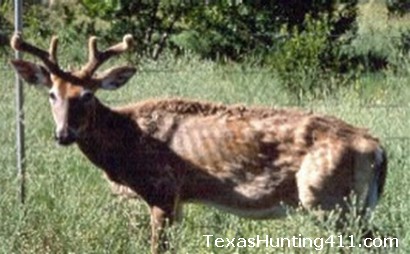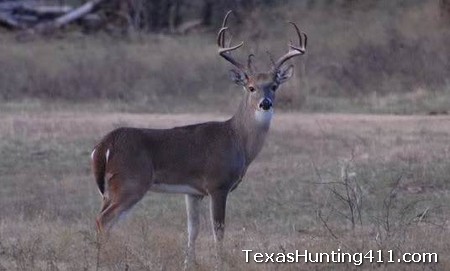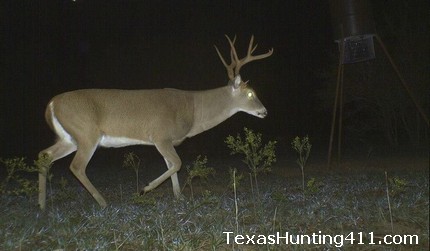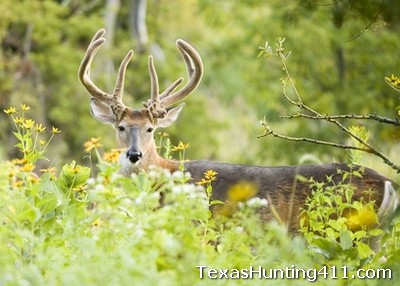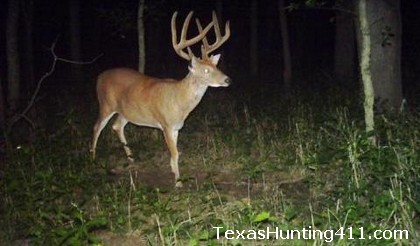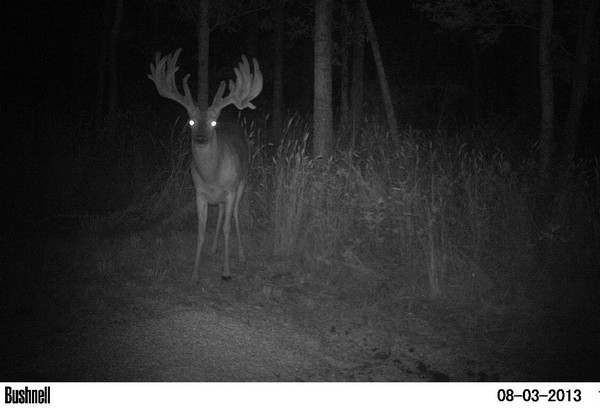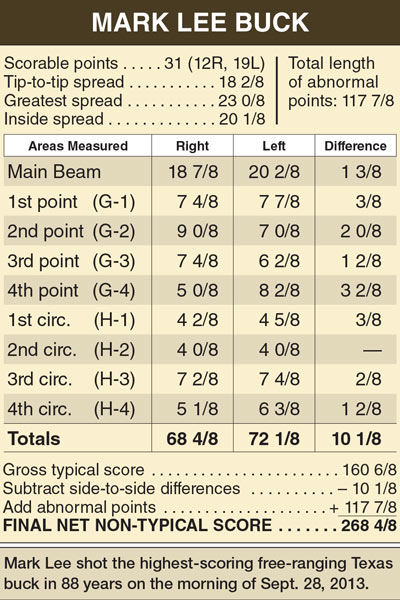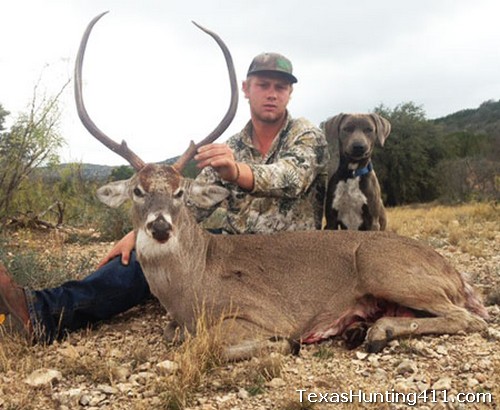The finding of Chronic wasting disease in the Texas Hill Country has rattled the deer hunting community within the state. As the fall hunting season approach, government agencies and hunters are both trying to figure out how things are going to play out, especially since the number of captive deer (bucks) moved out of breeder facilities prior to the hunting season has likely increased substantially in recent years. With state agencies looking to stop the spread of CWD, what will be the movement status of active deer breeders in Texas? Well…
Texas deer breeders will be able to resume animal movements under a plan finalized yesterday by staff of the Texas Parks and Wildlife Department (TPWD) and the Texas Animal Health Commission (TAHC). The Breeder Deer Movement Qualification Standards Plan will take effect upon the filing of Emergency Rules by TPWD and will be in place through the 2015-16 Texas hunting season.
Key elements of the deer movement status and qualification plan:
- A framework giving breeders who met previous movement qualified standards an option to move and liberate deer. Movement qualification is also dependent on administrative compliance with deer breeder permit regulations and statutes.
- Enhanced options for closely-monitored herds with a status of “fifth year” or “certified” in the TAHC Monitored Herd Program. There are no additional release site requirements for ranches that receive deer only from these herds.
- Additional Chronic Wasting Disease (CWD) testing in deer breeding facilities. Under the plan, the vast majority of the 1,300 permitted deer breeders in Texas can gain movement qualified status by testing two or fewer animals.
- There will be CWD testing requirements for a proportion of deer that are harvested on some release sites.
The goal of the Movement Qualification Plan is to provide deer breeders with options prior to the September 22 deadline for movement and liberation of bucks and before the 2015-16 hunting season. This is just one of many steps Texas is taking to mitigate the spread of CWD after it was detected in deer from a Medina County deer breeding facility earlier this summer.
“We have received and tried to be responsive to the extensive feedback from the state’s many and varied deer management interests in developing this revised plan,” said Carter Smith, TPWD Executive Director. “In the development of this framework, both agencies are balancing the need to minimize the risk of unwittingly allowing the movement or liberation of Chronic Wasting Disease-positive deer on the Texas landscape while adopting reasonable movement qualification standards that allow qualified deer breeders to begin moving and liberating captive deer. The complexity associated with the development of this framework is immense.”
A joint agency CWD Working Group will now focus efforts on developing individual herd plans for affected deer breeders and develop a plan for strategic sampling of hunter harvested deer from free-ranging populations this fall. “Our goal was to protect the health of free-ranging and captive breeder deer, while maintaining business continuity for the breeder industry,” said Dr. Dee Ellis, TAHC Executive Director. “We believe this plan accomplishes those goals.”
Factors such as level of connectedness to the index facility, level of testing in the TAHC Monitored Herd Program, relative percentage of the overall herd that has been tested, and variable liberation criteria are all being considered in development of the herd plans. The TAHC and TPWD are continuing the investigation of the index facility in Medina County, where 42 deer have been euthanized and tested for CWD.
“The results from the partial testing of the animals in the Index Facility, as well as samples from the CWD-exposed herds, are important to making reasonable, prudent, and responsible decisions for the remaining captive herds, neighboring landowners, and wild deer,” said Clayton Wolf, TPWD Wildlife Division director.
